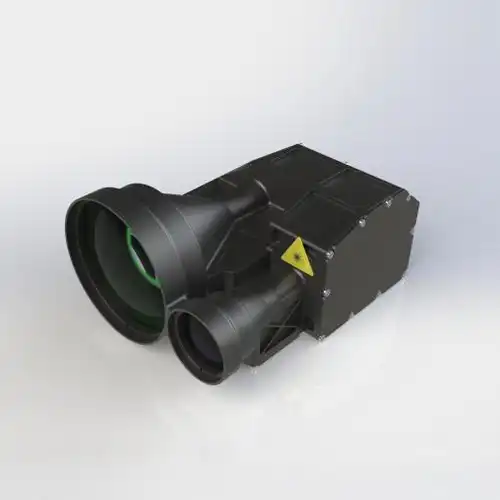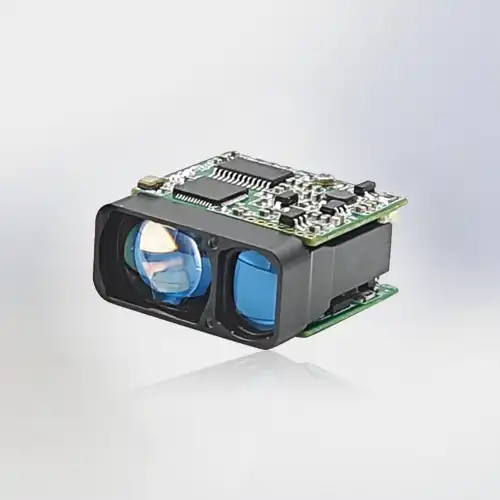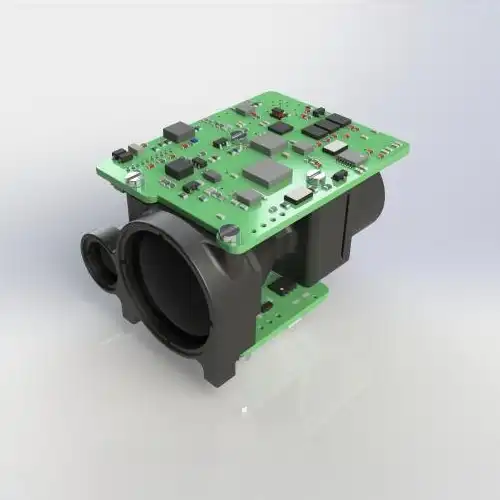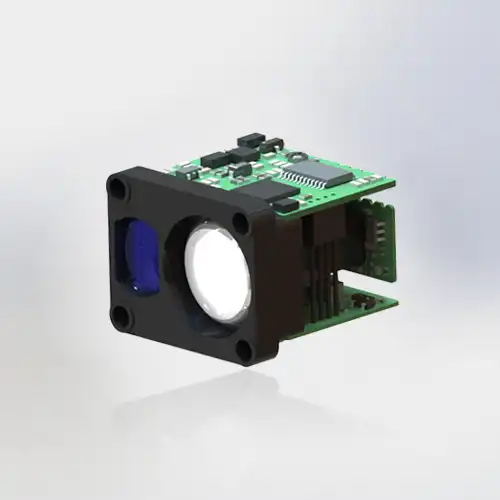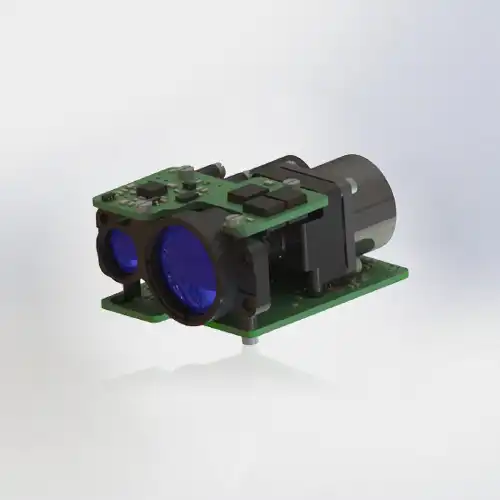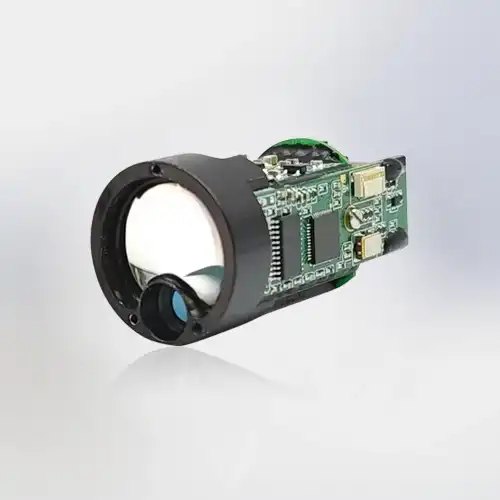Why LRF in Rifle Scope is a Must-Have Upgrade
The Symbiosis of Optics and Technology
In the ever-evolving arena of precision shooting, the fusion of Laser Range Finder (LRF) technology with rifle scopes represents a monumental shift. This is not merely a feature upgrade—it is a transformation of the hunter's interface with the environment. Traditionally, rifle scopes served as passive tools, offering magnification and crosshair alignment without contextual data. With LRF integration, scopes have transcended into intelligent systems, delivering real-time distance measurements directly through the optic view.
This seamless amalgamation of optics and digital telemetry simplifies complex ballistic equations. No longer must shooters rely on external devices or mental calculations. The scope itself becomes an analytical instrument, constantly gathering and processing data. The result is not only improved accuracy but also a heightened awareness of environmental variables—a crucial advantage when milliseconds matter.

Tactical Advantages in the Field
Precision is the currency of effective marksmanship. In high-stakes situations, whether hunting wary game or competing in precision rifle matches, estimation errors can cost dearly. An LRF-integrated rifle scope eliminates guesswork. By providing instantaneous range data—often within fractions of a meter—shooters can adjust for bullet drop, windage, and terrain with pinpoint accuracy.
Additionally, the integration significantly reduces cognitive load. Under pressure, every extra action—such as reaching for a separate rangefinder or consulting a dope chart—adds friction to the process. With all essential data available in the sight picture, decision-making becomes streamlined and intuitive. This technological elegance empowers shooters to engage targets with speed and certainty, even in challenging conditions like low light, inclement weather, or variable terrain.
Moreover, LRF systems offer superior adaptability. From open plains to dense forests, these intelligent scopes adjust to diverse operational environments. Whether scanning for movement at 100 meters or assessing distance at 1,500 meters, the LRF module dynamically adapts, offering clarity and precision regardless of the scenario.
Strategic Considerations Before Upgrading
Adopting LRF technology requires thoughtful evaluation. Not all systems are created equal, and compatibility with existing rifle platforms is paramount. Weight, mounting configurations, and balance must be factored in to preserve ergonomic efficiency. Additionally, power management is a critical element. LRF scopes require consistent energy sources—often lithium-ion batteries—and hunters operating in remote locales must plan for redundancy to avoid operational downtime.
Durability is another essential criterion. Quality LRF scopes are constructed to withstand recoil, moisture, dust, and temperature extremes. Military-grade housing, hydrophobic lens coatings, and reinforced internal components ensure reliability under duress.
Finally, while the upfront cost of an LRF rifle scope may exceed traditional optics, the return on investment is significant. Time saved, shots made, and confidence gained all contribute to long-term value. For those committed to mastery in the field, the LRF scope is not an indulgence—it is an indispensable tool in the pursuit of precision.
Conclusion
The integration of Laser Range Finder technology into rifle scopes redefines the modern shooting experience. By delivering real-time data, reducing cognitive friction, and enhancing accuracy, LRF scopes are not just a luxury—they are a necessity for those who demand excellence. In a domain where precision is paramount, upgrading to LRF optics is the strategic choice for forward-thinking marksmen.
